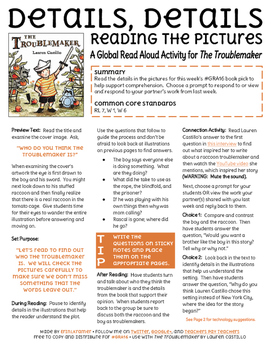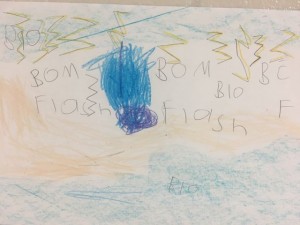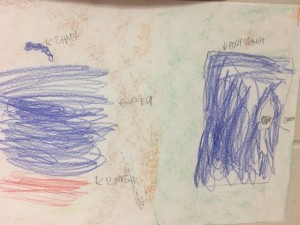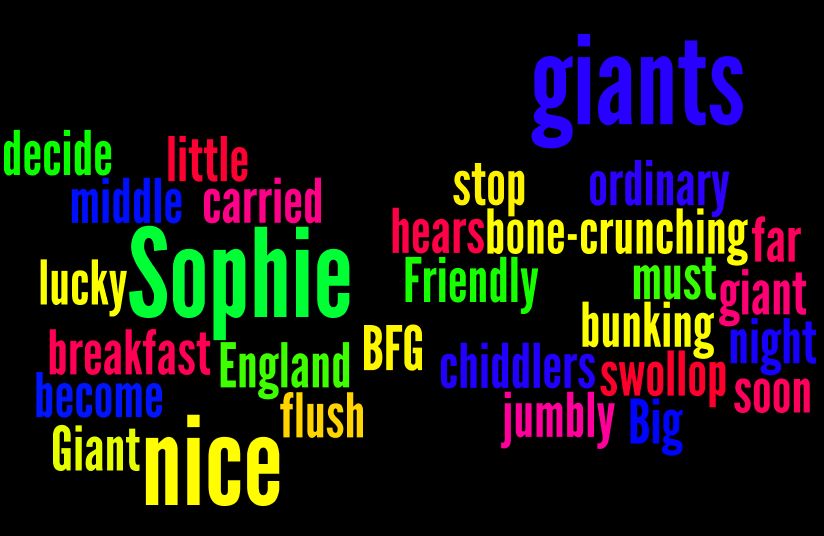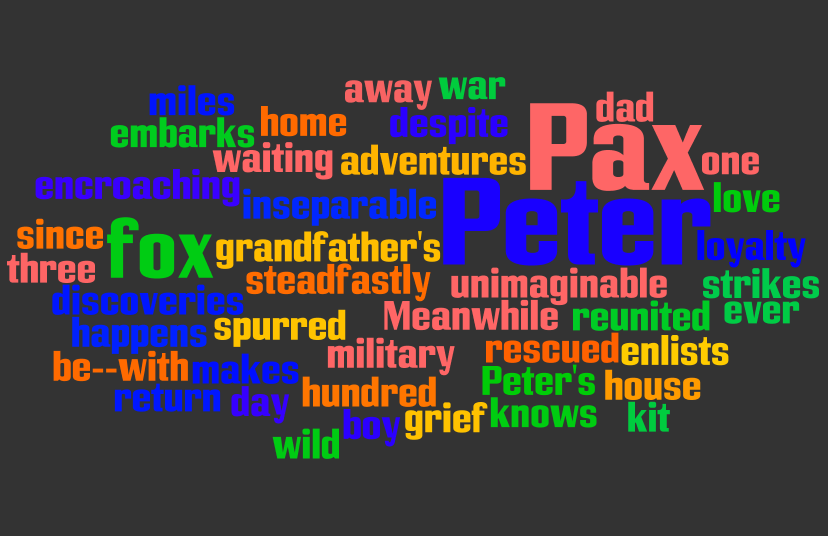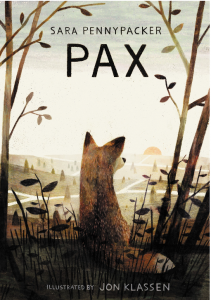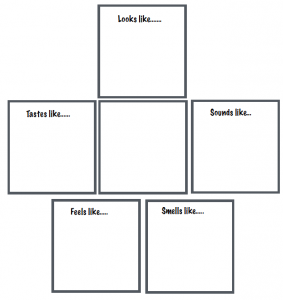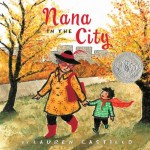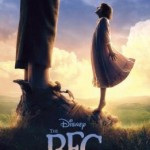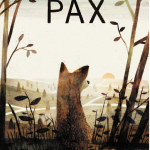Sketchnoting
by Zeina Chalich
Sketchnoting builds a connection between verbal and visual components. It is a personal form of note-taking that activates the brain in the process much the same as doodling. Doodling is a way of thinking, of drawing information around a thought process.
TASK
Make visual notes (sketchnotes) about the main events from a chapter in the book. Take photos and upload your notes to the blog or use any available apps to make your visual notes. Label which chapter you are sketching about.
Consider.. Who? What? When? Where? How? Why?
What visual representations will best describe…
* The sequence of events?
* The emotions of the characters?
* The impact of what happened?
* The text you will use?
TOOLS
Paper & pencil or black felt tip pen
OR
Ipad apps – Bamboo Paper, Paper53, Bookcreator
(It’s easier to do your first sketchnote on paper)
EDUCATOR RESOURCES
Sketchnoting – Intelligent Notetaking – explains my passion for sketchnoting, what and why we sketchnote with basic shapes and examples to support beginners.
Sketcho Frenzy – Basics of Visual Notetaking – explains fundamentals of text hierarchy, words as images, and the structure of sketchnoting.
Zeina is the Leader of Learning & Innovation at a Primary school in Sydney. She loves sketchnoting, lego and coding on her ipad. Zeina runs the makerspace (you can check us making at #stfmaker) at her school where students come to code Sphero Robots, create things with Littlebits and Makeymakeys, create amazing structures in Minecraft and sometimes even cardboard! Zeina loves connecting and collaborating with teachers from around the world on twitter. She would love to share your sketchnotes with her followers @ZeinaChalich
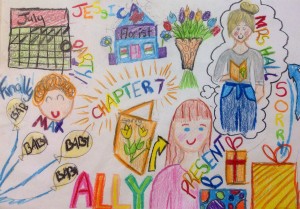
This is an example from our GRA collaboration in 2015.
Fish in a Tree by Zanna


